Skyrocketing demand trends during the Covid-19 pandemic—coupled with rampant labor shortages and bottlenecked supply chains—strangled the logistics industry. As people locked themselves inside during the early pandemic, eCommerce took off—but the pivot caught businesses by surprise.
It was a mass shift to a digital economy, but with all the expectations of the old system; manufacturers, retail stores, and consumers alike expected their orders instantly, stressing a delicate logistics system near breaking point. In addition, rising costs and tax rates added strain as the economy began to slow.
To survive the pandemic, industry leaders sought new and innovative ways to get around the new and ever-changing restraints to keep goods flowing. Tracking goods along the supply chain took on even more importance; digitizing systems and adapting more automation in distribution and manufacturing arenas helped ease the sudden burden.
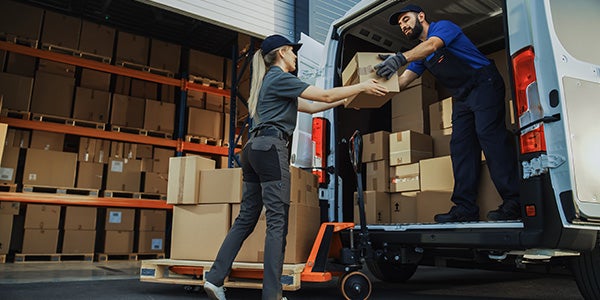
Even as we've emerged from the throes of the pandemic, its alterations to the economy are more permanent. One report from the Council of Supply Chain Management Professionals (CSCMP) saw a 22% increase in transportation costs in 2021, which remains strong even now. What logistics industry trends do you need to keep an eye on to navigate the new landscape? And how can you strategize to start 2023 strong?
Logistics 4.0: What Is It?
The "Great Disruption" of 2021 that clogged the supply chain revealed the need for change. It ushered in 21st-century strategies to deal with labor shortages, a lack of communication along the logistics chain, and a need for transparency and efficiency. Those industry trends became the foundation for logistics 4.0, bringing much-needed modernization through digitization and automation.
The automotive industry and manufacturing have long histories of using automation and robotic technologies. But now, food and consumer goods have adapted these robotics, automated systems, and advanced digitization trends to suit their own needs too.
On the supply chain side, logistics 4.0 employs data analytics, robotics, and digitalization to handle inventory and processing orders better. Integrating Internet of Things (IoT) devices into inventory and warehouse management permitted greater transparency. Similarly, smart shelves—which inform when items are added or removed by changes in weight—helped facilitate easier transfers of goods when labor shortages rippled up and down the supply chain.
These new technologies are replete with benefits—but many businesses are reluctant to implement them, worried about taking jobs from workers. What they discovered in practice, however, was that when employed smartly, automation and robotics often enhanced employee labor rather than replaced it.
These technologies improved workers' safety and efficiency. Many organizations brought their production facilities back to America or nearshored throughout the pandemic; automation and digitization helped reduce costs, maximize supply chain efficiency, use local labor, and fill talent gaps in the process.
Utilizing Multichannel Logistics
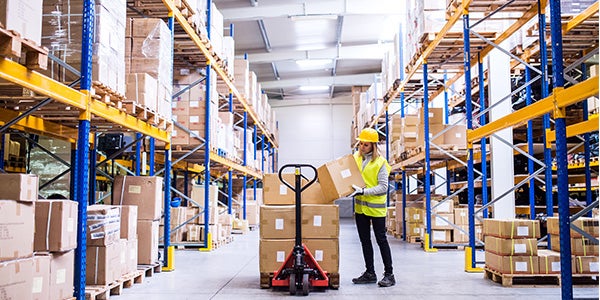
The disruption of the Covid-19 pandemic also highlighted a need for more multichannel shipping distribution options; expect these logistics industry trends to persevere well into the future.
Multichannel logistics are distribution systems that reach out to end-users at the point of purchase and throughout the whole distribution process. These diversified systems encompass brick-and-mortar businesses, wholesalers, suppliers, and eCommerce outlets; they also incorporate all modes of transportation: road, rail, air, and water. Though the exact system is different for each organization, the concept overall can benefit any business.
On the sales side, a multichannel distribution system can reach a wider audience by offering 24/7 service. It also enhances brand visibility and loyalty by offering unparalleled convenience. Since they have multiple ways to obtain and track goods, customers can send goods and/or have them sent from various sources in the event of another supply chain breakdown.
Technology can sync products, orders, and inventory; ship orders; and share data. This enhanced data helps business leaders make more informed decisions—especially about where to allocate inventory.
On the shipping side, if there is a problem with one mode of transportation, it's easy to pivot to another quickly. This can help avoid delivery delays, maintaining the stability and integrity of the supply chain.
More Robots in eCommerce
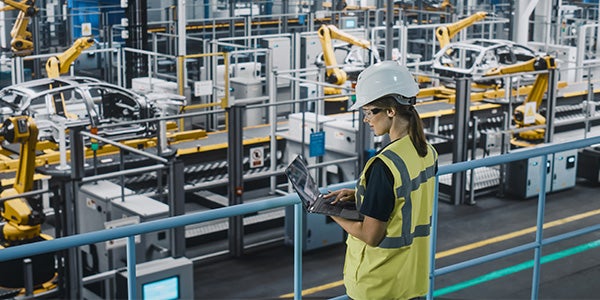
One of these logistics industry trends comes straight from science fiction. Robots are among us, though they aren't fully functioning human-looking androids. They do perform essential tasks not only in manufacturing or cleaning showroom floors but also in warehouse management.
Robots have proven their usefulness in moving goods throughout the facility, whether stocking inventory or pulling goods for shipment. Let's explore some use cases for specific robots in your logistics processes:
- Smart picking robots reduce safety issues for human warehouse workers; the units handle heavy goods, lifting or removing them from high shelves. While these robots are built for repetitive motions, they can also be programmed to read sensors such as radio-frequency identification systems to track goods, expiration dates, and storage requirements.
- Collaborative bots (cobots) often work alongside human workers in warehouses, explicitly designed to be aware of humans and maneuver safely around them. Think of goods-to-person AI-powered robots which bring needed products or tools to workers.
- Autonomous Mobile Robots (AVRs) and Autonomous Guided Vehicles (AGVs) offer on-premises, cost-efficient automated transport. While AVRs and AGVs are most often used in well-controlled warehouses or factories, they are frequently now employed—along with drones—in more outdoor environments for last-mile deliveries. New radar and LiDAR systems attached to drones, AVRs, and AGVs further increase performance, providing sharp guidance even in bad weather or at night.
- Currently, drones are used to transport perishable or time-sensitive goods far distances—but they are limited in the amount of weight they can handle.
Supply-Chain-as-a-Service (SCaaS)
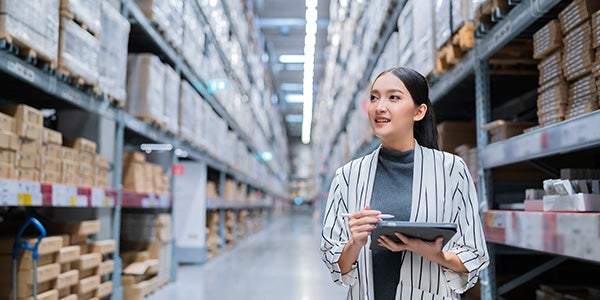
Following a wave of "as-a-service" pivots, the new supply-chain-as-a-service (SCaaS) principle helps businesses manage their goods throughout the supply chain. In a SCaaS model, you outsource portions of your logistics process to a third-party service provider. This might include production, manufacturing, storage, inventory control, order fulfillment, and distribution, among other tasks.
SCaaS technology decreases labor costs, handing the expense to an outside party. But it also can expedite delivery times and overall efficiency. With a SCaaS service, you're handing a portion of operations over to the experts. Therefore you can expect more detailed documentation and transparency regarding goods transport; they also should specialize in finding flexible routes on a dime to keep goods moving.
Because most SCaaS models rely on current cloud technologies, they help enhance movement and communication along the supply chain, reducing errors and optimizing business resources.
NFTs, Blockchain, and Logistics
Blockchain technology or distributed ledger technology is the phrase on everyone's lips these days. The technology is increasingly recognized as a potential solution for various logistical cases, improving speed and security in informational exchange. NFTs enhance this speed and security; these two logistics industry trends can help foster greater transparency, reduce costs, and eliminate bottlenecks.
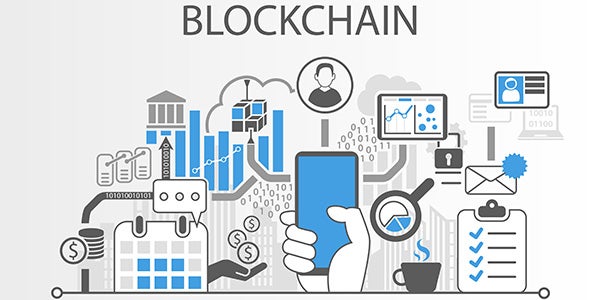
NFTs or non-fungible tokens are digital identities affixed to goods throughout the lifespan along the supply chain. Unique to each product, they provide a digital resource for full traceability. NFTs also verify provenance - where a product originates, preventing counterfeit goods from entering the marketplace.
Not only can NFTs identify where items are and produce metadata on products that identify perishable dates and replenishment data. This helps prevent empty warehouse shelves for popular products.
The NFT system allows users to share data between parties, leading to better supply chain collaborations. For example, an NFT for a particular item might show who supplied the raw materials, the shelf-life of the item, who delivered it, and where the item was warehoused. This creates trust between all parties by providing 100% transparency across the product's entire life cycle.
NFT technology also can reduce recall panic by helping identify product lines and manufacturing batches quickly when recall notices are announced. They may even help you pull recalled goods well before they enter the marketplace!
How the Ocean Shipping Reform Act Changes Things
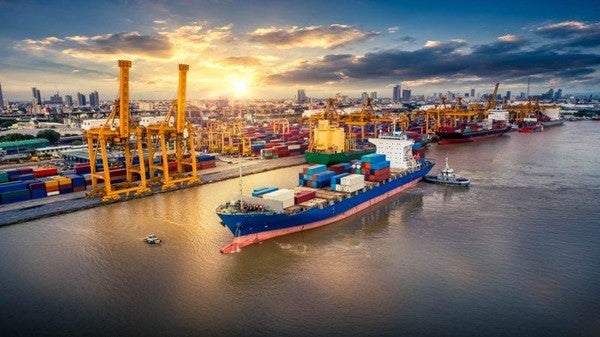
The Ocean Shipping Reform Act (OSRA), signed into law this past summer, attempts to prevent another repeat of the so-called "Great Disruption." The new law gives the Federal Maritime Commission more power to mitigate future supply chain blockages.
OSRA primarily focuses on the high detention and demurrage charges (late fees) given to companies that had goods stuck in containers at ports during the disruption. Importers and exporters who couldn't move goods during the disruption racked up these charges, eventually trickling down to the selling price consumers paid, further exacerbating inflation.
The new act seeks to examine these charges' fairness and urge refunds for them. It also forbids refusing cargo space when it is readily available.
Over time, OSRA will certainly benefit shippers, but it may not help in the short term just yet. Logistics leaders face structural issues simply because of high demand and low supply. This act can't solve these problems alone. However, a more responsive, flexible supply chain—coupled with new tech that boosts transparency—may prevent or at least ease some pressures throughout the system.
Planning Your Logistics
As 2022 drew to a close, it seemed clearer that the Covid-19 pandemic permanently altered our conception of the global supply chain. Thankfully, businesses are tapping into a wealth of modern tools to navigate the new terrain.
Logistics 4.0 trends have the potential to prevent another "Great Disruption" from ever happening again if the industry makes the pivot quickly and wholesale. But these changes require hefty investment—which businesses may not have the expertise to make. That's why it helps to have a reliable financial partner like New Mexico Bank & Trust, a division of HTLF Bank at your side. Reach out to the experts at New Mexico Bank & Trust, a division of HTLF Bank to get a head start on this burgeoning logistics revolution today.







